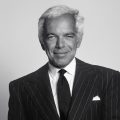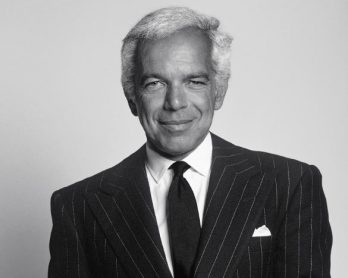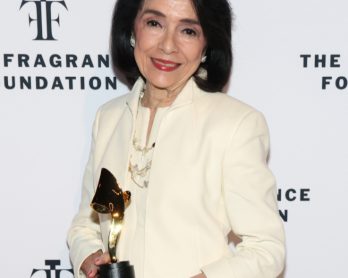Are Brands Throwing Money Away on Influencer Marketing?

Are Brands Throwing Money Away on Influencer Marketing?
It’s 2018, and many brands remain baffled about how to work with influencers.
They struggle with which influencers to work with, tools to use and how to measure the effectiveness of their campaigns.
Rather than establish their own goals and then work to understand which influencers can help them achieve those, many brands continue to choose influencers based on inaccurate measures like number of followers and audience sizes. Shallow measures like these lead to poor selection and disappointment with the return on investment.
And then there’s the problem of fake followers
How do brands tell if an influencer’s audience is even real?
As The New York Times reported, the problem of fake followers is widespread and often pursued even by well know celebrities. Surprisingly, even with the available tools, brands remain blind to this and find out only when it’s too late and the desired results disappoint.
Thankfully, many third-party tools exist for marketers to discover the viability of influencers’ followers, but knowing which ones are effective -and the sheer plethora of them, leaves one’s head spinning.
As I’ve written lately, choosing the right influencers for your brand doesn’t have to be difficult. It simply requires using a proven method, some help from third party tools, along with that essential, human element of knowing what to look for.
And because the influencer industry is not as transparent as many of us would like, we still have to rely on our own skills as marketers to sift out the good influencers from the chaff.
Brands that don’t use proven methods are either ignorant, not working with seasoned professionals, or simply too lazy. The result is that many continue to overpay influencers and work with ones who are incongruent.
Are Brands at a Disadvantage to Influencers?
According to some influence marketers, some fashion and beauty brands feel “out of control” when working with influencers and somehow believe the influencers are in charge. This mindset is baffling.
Since brands hold the money, and influencer marketing as a strategy wouldn’t exist without them, how can brands feel powerless when working with influencers?
I can’t help but wonder where their PR and in-house marketing teams are?
And don’t they work with competent agencies?
I wonder if the same brands feel “out of control” when conducting a traditional PR or advertising campaign?
No, of course not.
So why is there a difference when working with influencers?
Brands setting up an influencer campaign need to pay attention to two simple things: relevance and engagement.
These two basic metrics guide the philosophy and selection process necessary to working with the right influencers every time.
Third party tools and platforms can help you with this process, too, but you must know that none of them adequately vets the influencers or checks for fake followers.
You and your team have to do that on your own and this is where the human element is critical.
Thankfully, social platforms are slowly cleaning up their acts.
Just this week, it was reported that Twitter is cleaning house of fake accounts.
This is welcome news, but I expect fake followers to remain a problem. Until influencers are held accountable for propping up their follower count by buying followers, they will likely continue.
Fortunately, the movement for influencer accountability is already underway -and being led by Unilever’s Keith Weed, as we’ve reported recently.
Additionally, some social platforms are easy to check for fake followers.
For example, Twitter can be checked using the tool TwitterAudit, but other platforms like Facebook are more difficult and the human element is still required to spot fakes on most social media platforms.
So vetting influencers can be effectively done, it just takes some time and effort.
Brands that don’t vet influencers carefully can expect uneven or poor results. Like any other marketing strategy, influencer marketing requires an upfront investment of time and money to be done right.
Any successful influencer strategy should be carefully mapped out and designed to achieve specific campaign goals. These goals should be measured by specific KPIs used to measure success and to help re-adjust campaign strategy, if and when necessary.
Should brands focus on micro-influencers over “big name” influencers like the Kardashians?
Arguments exist on both sides of the micro vs mega-influencer strategy, but the governing principle should be what the brand wants to get out of working with influencers.
Is the purpose to drive brand awareness? Or is it to generate leads and sales?
Once this is determined, the decision about what type of influencers to use can then be made. If the goal is to boost awareness, then working with many influencers is necessary since frequency and repetition are needed. In this case, micro-influencers are the way to go.
An example of a beauty brand doing this well is L’Oreal which reportedly works with up to 20,000 influencers – most of them, micro-influencers.
But they also work with select “big name” macro and mega-influencers, working hard to develop and maintain those relationships.
After all, don’t forget, many micro-influencers are influenced in their own right by the “big name” influencers they look up to!
Either way, brands are, indeed, in the driver’s seat. And, the sooner they recognize this and begin to choose influencers based upon congruence while demanding accountability from them, the sooner they’ll start to feel how powerful this strategy really can be!






